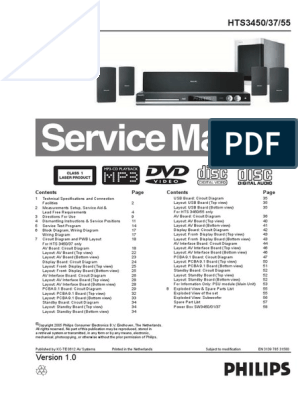0% found this document useful (0 votes)
100 views30 pagesChapter 1 - Understand Numbering System
The document defines numbering systems such as decimal, binary, octal, and hexadecimal. It then defines data organization units like bits, nibbles, bytes, words, and double words. Finally, it provides examples and steps for converting between decimal, binary, octal, and hexadecimal numbering systems.
Uploaded by
F1001 NUR SHUHADA AHMADCopyright
© © All Rights Reserved
We take content rights seriously. If you suspect this is your content, claim it here.
Available Formats
Download as PDF, TXT or read online on Scribd
0% found this document useful (0 votes)
100 views30 pagesChapter 1 - Understand Numbering System
The document defines numbering systems such as decimal, binary, octal, and hexadecimal. It then defines data organization units like bits, nibbles, bytes, words, and double words. Finally, it provides examples and steps for converting between decimal, binary, octal, and hexadecimal numbering systems.
Uploaded by
F1001 NUR SHUHADA AHMADCopyright
© © All Rights Reserved
We take content rights seriously. If you suspect this is your content, claim it here.
Available Formats
Download as PDF, TXT or read online on Scribd
/ 30






















































































